What is the biggest fear in the opening phase for a white player? The answer is the Sicilian Defense.
White's favorite 1. e4 opening leads to several chess openings–the French defense, the Italian game, Ruy Lopez, etc. Most of these openings assure definite wins for white, except for the Sicilian defense. It's scary, unpredictable, and risky for both the players.
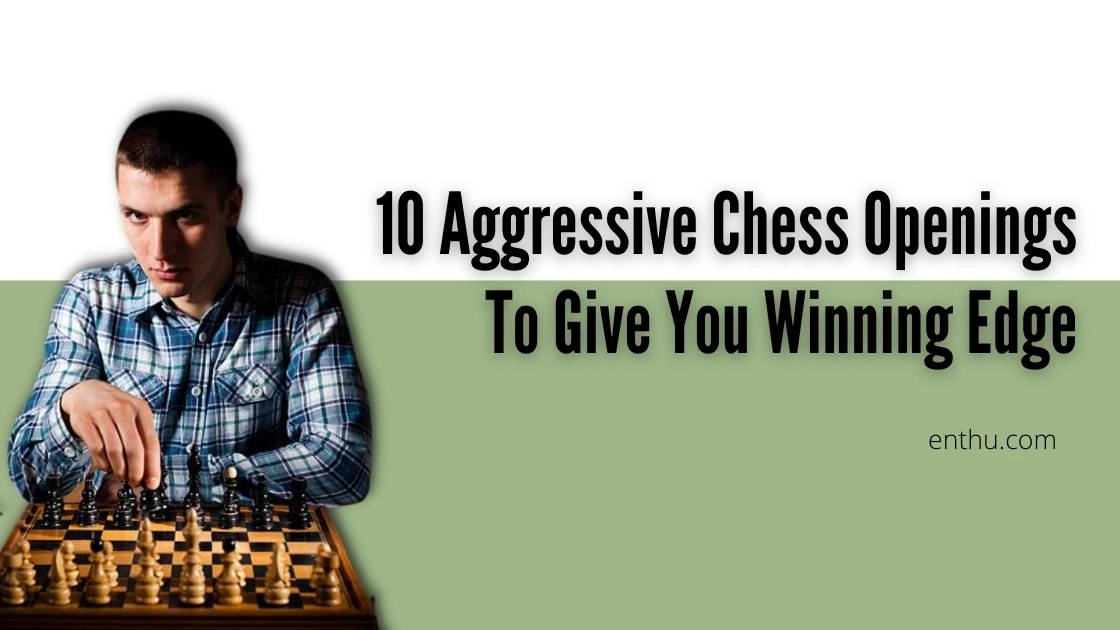
Therefore, every chess player must know how to beat the Sicilian defense. Here, I have a few strategies to beat black. Keep reading to find out.
- What is Sicilian Defense in Chess?
- 1. The Sicilian
- 2. Popular Variations of Sicilian Defense | Black's Favorite Lines
- 3. How to Beat the Sicilian Defense?
- 4. Why should white play the Moscow variations?
- 5. The Rossolimo Variation
- 6. Why should white play the Rossolimo variation?
- 7. Common lines in the Rossolimo variation The effective lines in Rossolimo variation are:
- 8. The King's Indian Attack
- 9. Why should white play the King's Indian attack with d5?
- 10. Common lines in the King's Indian attack with d5 The effective lines are:
- 11. The English Attack with Be3 against Najdorf Variation
- 12. White Playing f4
- 13. Alapin Variation
- Conclusion
- FAQs
- 1. What is the Sicilian Defense in chess?
- 2. Why is the Sicilian Defense considered a strong opening?
- 3. What are the main variations of the Sicilian Defense?
- 4. How can White effectively counter the Sicilian Defense?
- 5. Are there any specific tactics to remember when playing against the Sicilian Defense?
- 6. What resources can help in learning how to beat the Sicilian Defense?
- 7. Is it beneficial to analyze games played by grandmasters against the Sicilian Defense?
What is Sicilian Defense in Chess?
1. The Sicilian
Defense is a Black opening against 1. e4. The moves are: 1. e4 c5
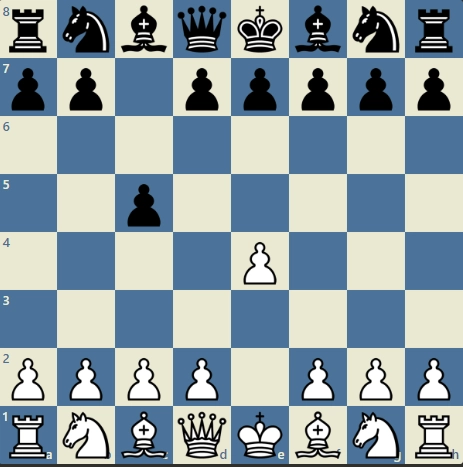
Besides being the most popular opening strategy against 1. e4, it has also proved to be dangerous and, sometimes, fatal for white.
The primary reason why Sicilian defense is so fatal for white is that it disrupts the power balance on the board.
2. Popular Variations of Sicilian Defense | Black's Favorite Lines
The Sicilian Defense is one of the most popular and complex replies to 1.e4, giving Black several powerful options.
Najdorf – Aggressive and flexible, a world champions’ favorite.
Dragon – Sharp and tactical, full of fiery attacks.
Scheveningen – Solid and balanced with strong counterplay.
Sveshnikov – Dynamic and modern, testing White from the start.
Kan – Flexible and tricky, keeping opponents guessing.
These variations make the Sicilian one of the most feared and deeply studied openings in chess.
3. How to Beat the Sicilian Defense?
The Moscow Variation
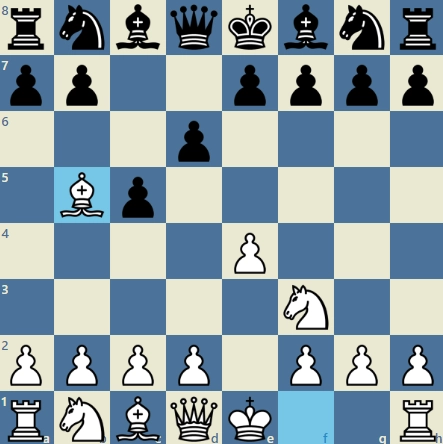
The Moscow Variation is one of the most effective strategies for white against the Sicilian defense. The common moves are:
e4 c5 2. Nf3 d6 3. Bb5+
4. Why should white play the Moscow variations?
To make an aggressive opening
Exert power on the enemy players
To threaten the enemy king by putting it under check in the third move itself
Because the Moscow variation is truly "anti-Sicilian"
Common lines in the Moscow variation 3…Bd7 Bd7 is black's strongest response to the Moscow variation. It counters white's Bishop move and proposes a bishop-exchange by putting its weaker bishop in the trade. Given the circumstances, it's better for white to step back from the exchange.
3…Nc6 This line of the Moscow variation is most fruitful for white. They get to trade. On top of that, black ends up with doubled pawns at the end of it. 3…Nd7 Black often plays this move to avoid doubled pawns.
5. The Rossolimo Variation
The Rossolimo Variation is named after the Russian player Nicolas Rossolimo. The remarkable 3.Bb5 is an optimistic alternative to 3.d4. In addition, it's the best reply to 2…Nc6. The series of moves is 1. e4 c5 2. Nf3 Nc6 3. Bb5
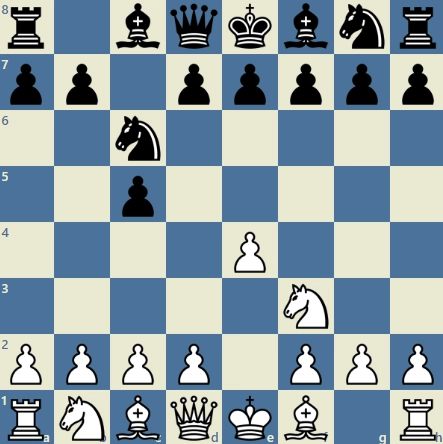
6. Why should white play the Rossolimo variation?
To regain authority over black
To put the bishop in an advantageous position
To pressurize black
7. Common lines in the Rossolimo variation The effective lines in Rossolimo variation are:
3... g6 4 ..txc6 bxc6 122
3... g6 4...txc6 dxc6 145
3...e6
8. The King's Indian Attack
With d5 Many chess players think King's Indian Attack is a passive-looking start, but after black commits to e6, it provides a different edge to white's attacking strategies. The series of moves is 1. e4 c5 2. Nf3 d6 3. d3
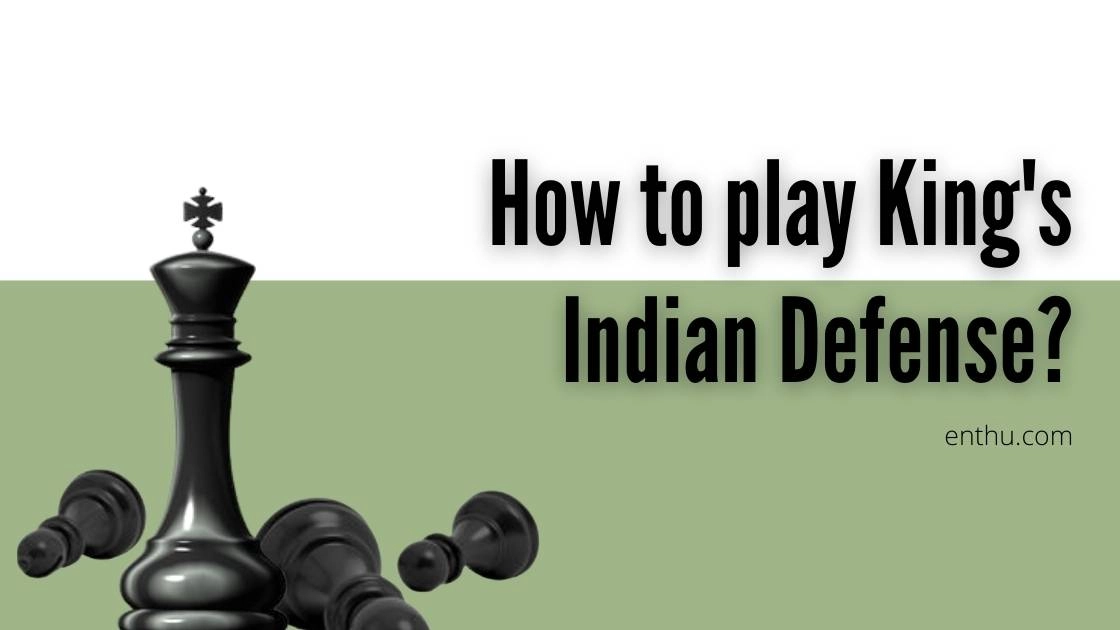
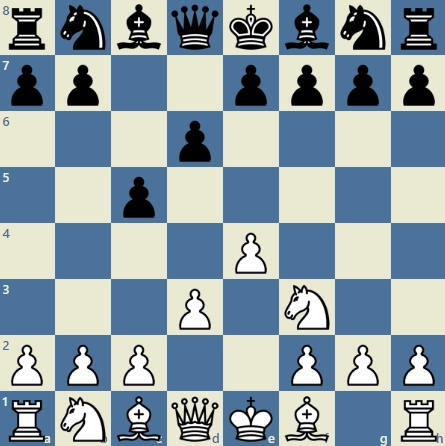
9. Why should white play the King's Indian attack with d5?
Because it's offensive at the kingside
To trick black
To play aggressively
10. Common lines in the King's Indian attack with d5 The effective lines are:
3...d5 One can also play the
One can also play the King's Indian attack without d5. The series of moves are 1. e4 c5 2. Nf3 e6 3. d3 Nc6 4. Bg2 g6 5. Bg5!?
11. The English Attack with Be3 against Najdorf Variation
This can also be a super-effective strategy for white against the Sicilian defense. In Najdorf variation, white plays Be3 on the 6th move to play a line called the English Attack.
The series of moves are;
1.e4 c5
2.Nf3 d6
3.d4 cxd4
4.Nxd4 Nf6
5.Nc3 a6 6. Be3
In this line, the white plan is to play f3 and Qd2 and then advance towards a kingside attack. In addition, white can also play Bg5 on the 6th move. This will prevent Black from playing e5 in the very next move.
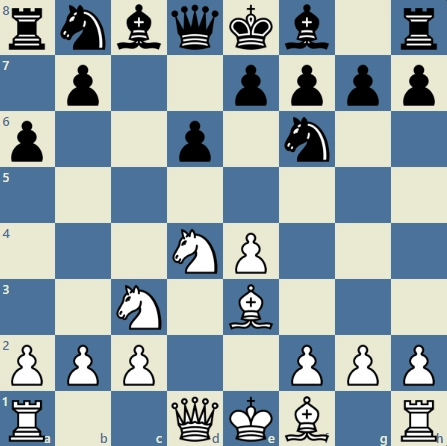
12. White Playing f4
Against Scheveningen Variation White plays f4 on the sixth move to gain control of the center of the board, disrupting black's central majority. The series of moves are:
1.e4 c5
2.Nf3 d6
3.d4 cxd4
4.Nxd4 Nf6
5.Nc3 e6
6. f4
This variation is perfect to launch a kingside attack on black. Its primary aim is to stop Black from playing d5.
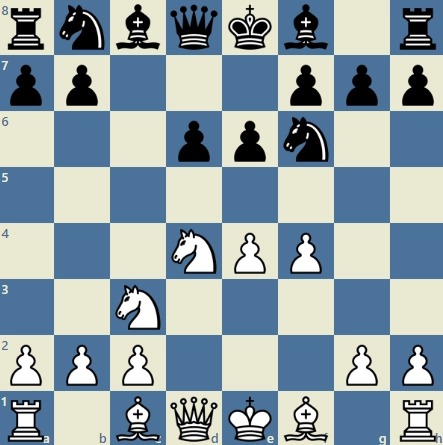
13. Alapin Variation
It's one of the popular opening strategies for white against the Sicilian defense. It was termed as "Alapin Variation" after Semyon Alapin, who played this opening for the first time. In this opening, white replies with c3 to black's c5. It allows white to avoid exchanging a central 'd 'pawn for black's 'c 'pawn. The series of moves are
1.e4 c5
2.c3 d5
3.exd5 Qxd5
4.Nf3 Nc6
5.d4 Nf6 6.Be3
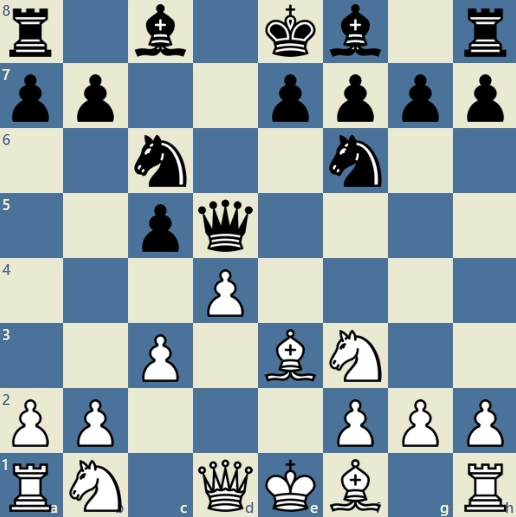


Conclusion
The Sicilian Defense is often considered Black’s ultimate weapon against 1.e4. By immediately challenging the center with …c5, Black creates an unbalanced game full of counterattacking chances. This opening has a reputation for breaking White’s confidence and giving Black excellent winning prospects.
Because of its sharp and diverse nature, it’s essential for every chess player to study the different variations of the Sicilian. Knowing how to counter it as White is crucial if you want to maintain the initiative and fight for victory.
FAQs
1. What is the Sicilian Defense in chess?
The Sicilian Defense is one of the most popular and aggressive openings in chess.
It occurs after the moves 1.e4 c5, where Black aims to counterattack and create asymmetrical positions while providing ample chances for dynamic play. By playing c5, Black seeks to undermine White's control of the center.
2. Why is the Sicilian Defense considered a strong opening?
The Sicilian Defense is strong because it allows Black to create counterplay and a complex game, often leading to rich strategic and tactical battles. It challenges White's intentions immediately and can lead to an unbalanced position that may give Black better chances of winning.
3. What are the main variations of the Sicilian Defense?
There are several well-known variations within the Sicilian Defense, including:
Open Sicilian: Occurs after 2.Nf3 followed by 3.d4, leading to sharp positions.
Closed Sicilian: Characterized by 2.Nc3 and avoids the open lines.
Dragon Variation: Involves a fianchetto of the bishop and leads to highly tactical games.
Najdorf Variation: One of the most popular, allowing Black to create flexible plans.
Scheveningen Variation: Known for its solid structure but dynamic potential.
4. How can White effectively counter the Sicilian Defense?
To counter the Sicilian Defense effectively, White can employ several strategies:
Control the Center: Use aggressive pawn moves like d4 and reinforce the center.
Develop Quickly: After playing d4, aim for quick piece development and keep pressure on Black.
Choose the Right Variation: Familiarize yourself with specific variations (like the Open Sicilian) to steer the game into favorable lines.
Exploit Weak Squares: Look for weaknesses in Black's pawn structure and try to control key squares.
5. Are there any specific tactics to remember when playing against the Sicilian Defense?
Yes, here are some tactics to consider:
Be cautious of pawn breaks: Moves like ...d5 can create counterplay for Black.
Watch out for tactics: Black often has tactical ideas involving knight and bishop sacrifices. Always check potential counter-threats.
Manage open files: Rooks may play vital roles in open positions; use them wisely.
King safety: Ensure your king is safe, especially in sharper lines.
6. What resources can help in learning how to beat the Sicilian Defense?
There are many resources available for players looking to improve against the Sicilian Defense:
Books: Titles dedicated to the Sicilian Defense offer in-depth analysis and tips.
Online Tutorials: Websites and YouTube channels provide videos explaining different strategies and tactics against the Sicilian.
Chess Software: Programs like ChessBase or online databases can help study games featuring the Sicilian Defense.
Practice Games: Engage in practice games where you focus on countering the Sicilian actively.
7. Is it beneficial to analyze games played by grandmasters against the Sicilian Defense?
Absolutely! Analyzing games played by grandmasters can provide insights into advanced strategies and tactics used effectively against the Sicilian Defense. It helps you understand common themes, ideas, and pitfalls, allowing you to adopt these concepts into your play.
By following these frequently asked questions and answers about the Sicilian Defense, you can gain a better understanding of this complex opening and improve your chess skills.


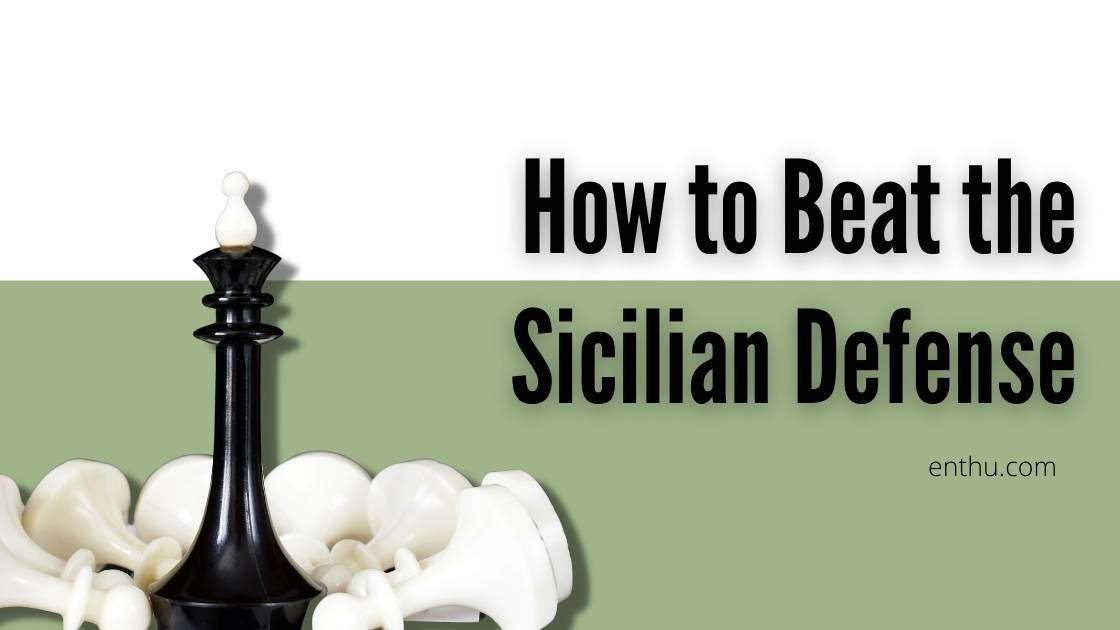
.png)


Comments